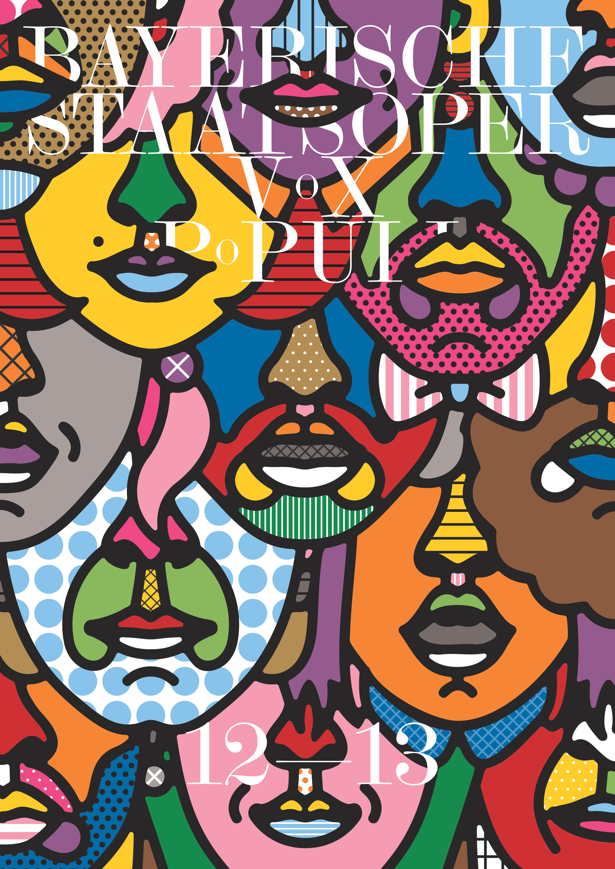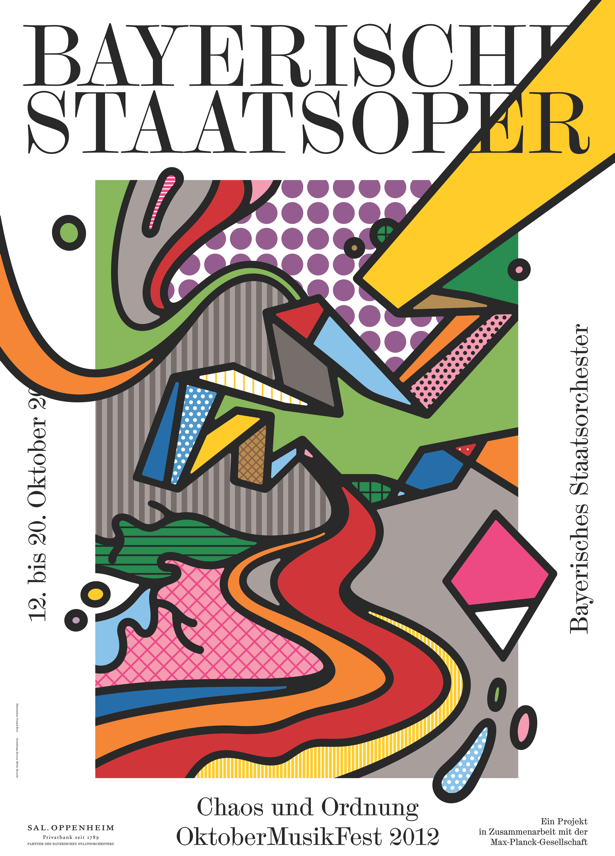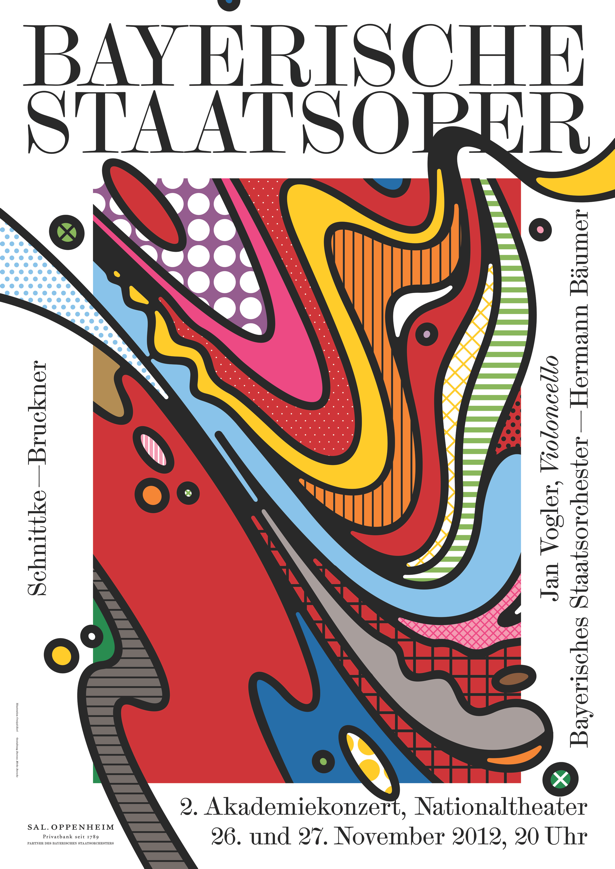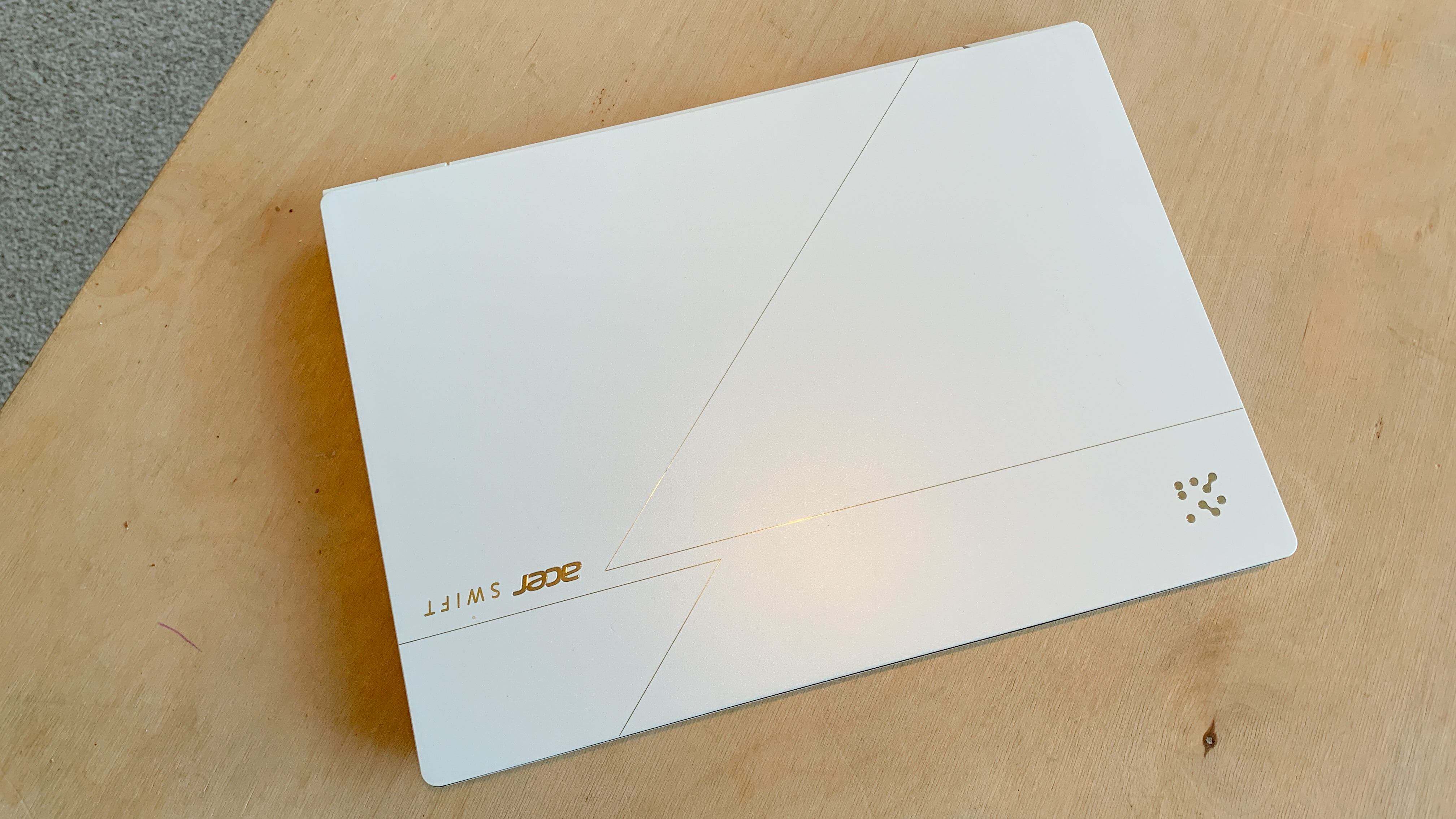Want to stay profitable in lean times? Follow Craig & Karl's advice
Craig Redman, from illustration duo Craig & Karl, explains how to design through an economic downturn
Computer Arts: Historically, in economic downturns, investing in design has proved a competitive necessity. Do you find this to be the case, at the moment?
Craig Redman: We can't speak for our clients, but we certainly invested in our own work during the initial stages of the downturn. Not financially, just in terms of extra time spent experimenting and developing new work and styles. We've found it's important to keep this process up. New styles usually start becoming a core part of the business two-three years after they've been developed, so it's important to keep this up in slow periods and to also have the self-discipline to continue it in better times.

CA: How has the economic downturn affected you?
CR: We found it actually made us more productive and motivated and this has certainly helped our business today. Perhaps it allowed us to be a little more recklessness in the way we developed new ideas, by not being so constrained by what we thought our work should look like. It was definitely the time when we started shedding our old skin for a shiny new one.

CA: How have clients' attitudes, briefs and the way in which they use their budgets changed in recent years? How has this affected the way you work?
CR: In 2008/9, budgets went down but they've mostly risen back. perhaps not to the levels pre-2008, but to an acceptable level. Overall, it does means you need to be more conscious of your project turn over – smaller budgets mean more projects are required to cover the gap – as well as the types projects you decide to take on, All the while making sure the work itself is top quality of course.

CA: How do you generate new business?
CR: We've been lucky enough to operate without having a specific new business strategy so far. We've let our work do the talking, as well as making sure we're on top of all our social media outlets. This allows us to keep our output current and relevant: the higher our profile and more people we reach, the more work that comes in.

CA: How important is it to maintain and strengthen client relationships, in these times? How do you do that?
CR: It's important at all times, recessions or booms. in fact, it's one of the most important parts of the business. If a client isn't satisfied with the service they receive, even if they get a good product, they won't return for more or recommend you to anyone else. Our studio is small, just the two of us, in different cities, so you're forced to wear many hats: design, client relations, marketing and son on. And while that can sometimes be restricting it also allows you to develop closer relationships with your clients.
Daily design news, reviews, how-tos and more, as picked by the editors.

The Creative Bloq team is made up of a group of art and design enthusiasts, and has changed and evolved since Creative Bloq began back in 2012. The current website team consists of eight full-time members of staff: Editor Georgia Coggan, Deputy Editor Rosie Hilder, Ecommerce Editor Beren Neale, Senior News Editor Daniel Piper, Editor, Digital Art and 3D Ian Dean, Tech Reviews Editor Erlingur Einarsson, Ecommerce Writer Beth Nicholls and Staff Writer Natalie Fear, as well as a roster of freelancers from around the world. The ImagineFX magazine team also pitch in, ensuring that content from leading digital art publication ImagineFX is represented on Creative Bloq.
